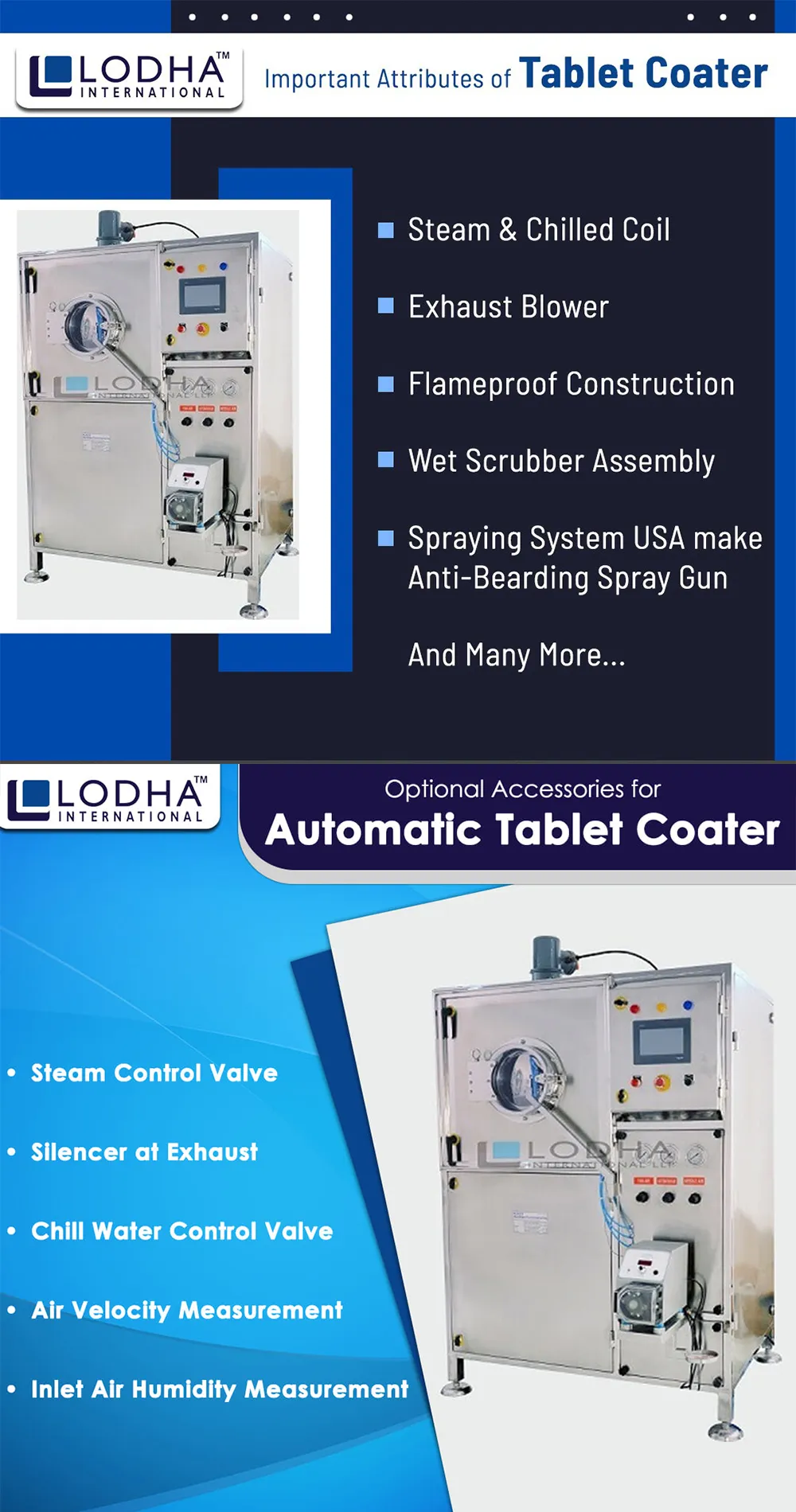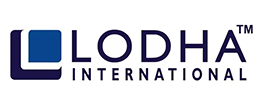Get in touch! +91 9687731331 | +91 9687631331 | info@lodhapharma.com
Different Types of Tablet Coating
There are several reasons to use a Tablet Coater machine, from the addition of colour and gloss to improved palatability. Moreover, some coatings are based on sugars to enhance palatability and increase stability. Others can alter the primary dose release. While using a full-scale tablet coater machine is the most common solution for large-scale production, small-scale production often calls for a flexible tablet coating solution. This article will discuss different types of coating, from compression to electrostatic, from Gelatine to Aqueous sugar film.
Compression Coating on Tablets
Compression coating is a technique for making tablets without a bitter taste. The coating is made from materials that do not interact with the active pharmaceutical ingredient and can be used to create an oral dosage form. Compression coating can help improve patient compliance and reduce bitter taste caused by other ingredients, including solvents or water. Compression coating is also less expensive to manufacture than film coating because the materials used to prepare it are less expensive. Compression coating machines can process formulations faster and at a higher capacity than film coating machinery.
Tablets with Electrostatic Coating
In order to produce pharmaceutical tablets with an electrostatic coating, a powdered drug substance is charged with an electric charge. This charge is induced in the powder particle and directs the particle towards the core of the tablet. It interacts with the electric field in the region between the source and the tablet core. An electrostatic charge is introduced onto the powder through corona charging or triboelectricity. The coating material is then receptive to the net charge and can hold the charge for long enough to allow the proper direction.
The powder material used for electrostatic tablet coating has a range of particles that can vary in size. This can lead to inhomogeneous coatings, with inconsistencies in the coating quality. Therefore, this method is not widely used in pharmaceutical manufacturing.

Aqueous Sugar Film Coating Tablets
Aqueous sugar film coating is a type of tablet-coating process that uses a sugar syrup to increase the scalability of a product. In this process, the tablet cores are coated with a specific amount of sugar syrup and then rolled for some time. The rolling process distributes the sugar coating across the surface of the tablet in an even manner. The sugar coating is also a natural antioxidant.
Historically, sugar coating was a method used to produce elegantly coated tablets. However, this method presents many challenges. First, sugar coating requires the application of a seal-coating solution in organic solvent to prevent the cores from over-wetting during the ladling process. Second, the ladling process is labor-intensive, operator dependent, and requires several days of process time. These issues limit the flexibility of the operator and result in significant batch-to-batch variability. This process is not as time-consuming as it once was, and the application of a sugar film coating system can be automated using automated film spraying equipment. It can be applied to both conventional and perforated coating pans.
Gelatine Layer in Tablet Coatings
Earlier, the gelatin coating was not a practical solution because it could cause adverse reactions. Therefore, it is best to coat the tablet surface with a non-porous material. The material can be applied with a high degree of precision. However, it is not recommended to chew or crush the tablet during the application process. The electrostatic coating process works better for delayed-release tablets. It works by compaction of granular particles around a preformed tablet.
Tablets enrobed with a gelatin coating are new articles of manufacture. They are made by applying layers of elastic gelatine film that conform tightly to the tablet and seal securely with the tablet. The layers of gelatine may be coloured differently from the tablet and can be peeled off at the seal line. There are a variety of formulations that may be used for these tablets. A water-based gelatine preparation contains approximately 45% gelatin and 9% plasticizer.
The Bottom Line
Tablet coating machines add basically a thin sheet of coating to the outside of dosage forms of tablets to bestow certain advantages over non - coated varieties. And some of the coatings that can be used to coat tablets are listed above.


